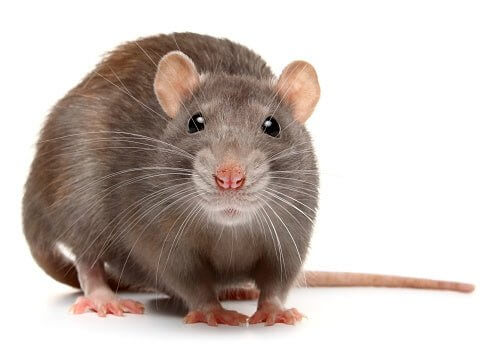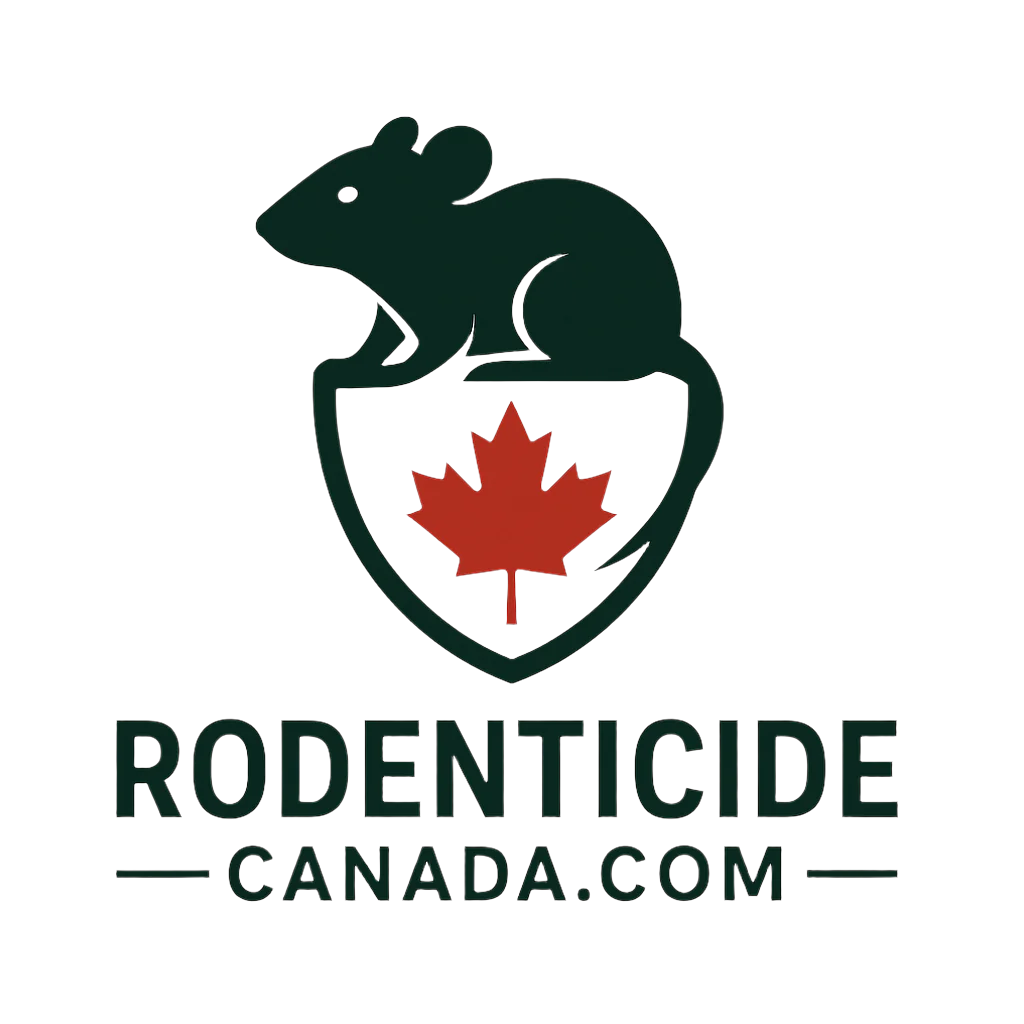Non-Target Species
Responsible Rodenticide Use: Protecting Non-Target Species in Canada
In Canada, the use of rodenticides is a common practice for controlling rodent populations. However, these substances can pose significant risks to non-target species, including pets, wildlife, and even humans. Therefore, it's crucial to use rodenticides responsibly to minimize these risks. Rodenticides are chemical compounds designed to kill rodents. They are classified into two main types: anticoagulants and non-anticoagulants. Anticoagulants work by preventing blood from clotting, leading to internal bleeding, while non-anticoagulants have various mechanisms of action. Non-target species can be affected through primary exposure (direct ingestion of the rodenticide) or secondary exposure (eating a poisoned rodent). This can lead to unintended deaths or serious health issues in birds of prey, domestic pets, and other wildlife.
Accurately identify the rodent species you are dealing with to choose the most appropriate and effective rodenticide. Selecting the Right Rodenticide: Opt for rodenticides that are less harmful to non-target species. For example, using bait with a lower concentration of active ingredients can be effective while reducing risk. Utilize tamper-resistant bait stations to prevent access by non-target animals. These stations should be clearly labeled and locked. Placement of Bait Stations: Position bait stations near rodent activity areas but away from areas frequently accessed by non-target species. Regularly check bait stations for rodent activity and signs of non-target interference. Replace and relocate stations as necessary.
Consider non-chemical methods of rodent control, such as traps or exclusion techniques, which pose less risk to non-target species. Disposal of Dead Rodents: Dispose of dead rodents promptly and safely to prevent secondary poisoning of scavengers. Legal Compliance: Adhere to all local and national regulations regarding the use of rodenticides in Canada.


